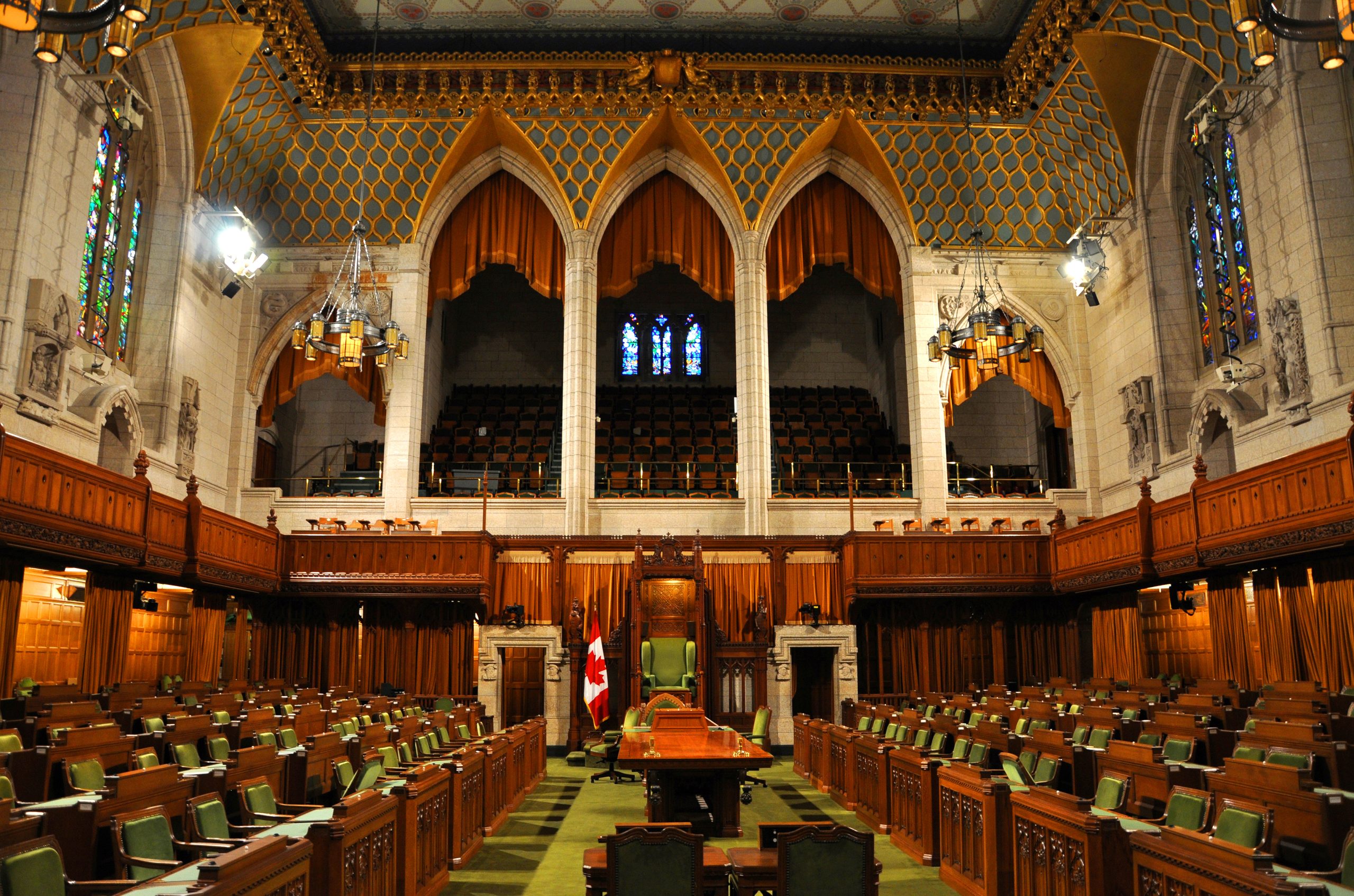House of Commons Establishes COVID-19 Workplan
 After an intense weekend of negotiations between the Government and Opposition parties, the House of Commons convened today to debate and vote on how it will conduct itself over the next few weeks during the COVID-19 pandemic.
After an intense weekend of negotiations between the Government and Opposition parties, the House of Commons convened today to debate and vote on how it will conduct itself over the next few weeks during the COVID-19 pandemic.
The crux of the debate surrounded the number of in-person vs. videoconference meetings the House will have going forward. The Conservatives initially called for four and then revised their number to three in-person weekly meetings. The Liberals, supported by the Bloc Quebecois, countered with one in-person meeting with two others by videoconference, and this was adopted this afternoon. Once today’s debate is complete, the House of Commons will adjourn its regular business until Monday, May 25.
It should be noted that these will not be regular sessions of the House of Commons. Rather, they will be sessions of a special COVID-19 committee that function much like a regular House committee. While all MPs will technically be members of this committee, it is expected that for the in-person sittings, the social and physical distancing will result in a lower number of MPs physically present. Quorum for this special committee will be seven Members of Parliament.
In addition to the debate around the terms of how the House will operate, a full Question Period was also held today, with a small number of MPs present. Unlike the usual Question Period, this one was much more subdued. A somber tone during debate was also evident given the tragic events in Nova Scotia over the weekend.
The House also adopted the following measures:
- The Indigenous and Northern Affairs committee was added to the list of committee meetings able to hold meetings by videoconference, which now include Finance, Health, Government Operations and Estimates, Human Resources, and Industry
- Provision for the House to sit as normal on Wednesdays if legislation related to COVID-19 is once again required. Like the two previous pieces of legislation, opposition parties to have access to draft legislation ahead of time
- Delay of the need for Parliamentary approval of government spending (Main Estimates) from its normal June deadline to December
- Opposition days will be back end-loaded to the fall 2020 session of Parliament
- Opposition parties also called on the government to propose a new candidate for the position of Auditor General of Canada, a position that has been vacant since February, due to the passing of the previous Auditor General, Michael Ferguson
- Given that the House has asked the Auditor General’s office to look at COVID-19 spending, it is important for this position to be filled
Ontario Releases Updated COVID-19 Modelling
The province has released updated COVID-19 modelling, which indicates that enhanced public health measures are working to help contain the spread of the virus and flatten the curve in Ontario.
Key takeaways from the data include:
- The wave of new cases of COVID-19 in Ontario appears to have peaked, with projections showing that Ontario is trending towards a “best case” scenario
- The province has avoided a significant surge in cases, with the latest projections at fewer than 20,000 total cases, much lower than the 80,000 cases projected by the previous model
- While several hundred new cases are identified daily in Ontario, hospitals across the province have not been overwhelmed by the COVID-19 outbreak
- Community spread of the virus appears to have peaked, however, Ontario is still grappling with the force of the virus in long term care homes and congregate settings, which continue to be a major concern
Premier Ford said the government continues to be focused on the necessary resources and efforts on combatting COVID-19 in long-term care homes, including increased testing, screening, and surveillance for both staff and residents.
Emergency Measures to Continue
While Premier Ford acknowledged that the modelling indicates some areas for hope, he cautioned that the fight against COVID-19 is far from over. The projections released today are just projections and to become a reality, the current public health measures must remain in place for now. This sentiment was echoed by Ontario’s Chief Medical Officer of Health.
The Path to Recovery
Premier Ford refused to put a date on the reopening of the economy, indicating that no decision has been made and that the government will continue to follow the advice of public health officials. In doing so, the government is trying to manage the expectations of the public. It is still unclear if some jurisdictions will “reopen” before others, with western provinces, like Alberta and BC, appearing to face more public pressure to reopen.
Premier Ford acknowledged that when Ontario starts to open up businesses, “it’s going to be a trickle.” He has asked the Ontario Jobs and Recovery Committee to develop a framework for the gradual reopening of the province, including key criteria that must be met before restrictions can be lifted.